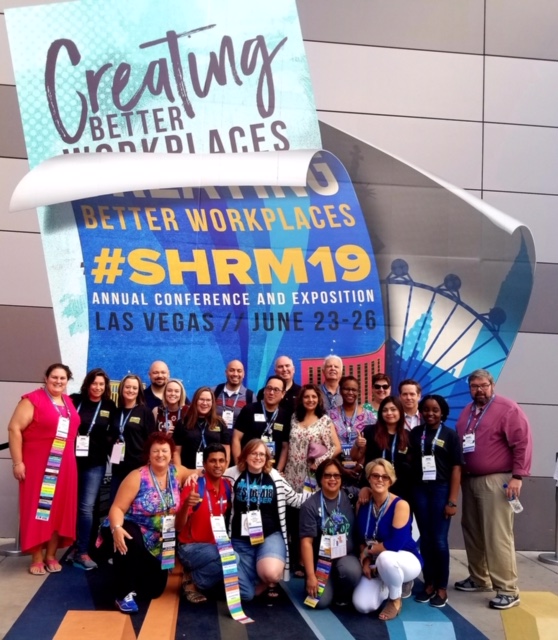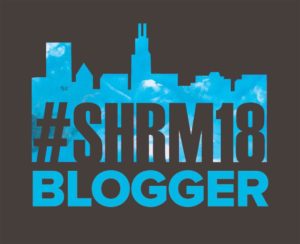“The bad news is time flies. The good news is you’re the pilot.” – Michael Altshuler
Over the past weeks I’ve heard many colleagues remark that they can scarcely believe where the time is going and that they are concerned that there aren’t enough hours in the day to accomplish all required tasks. Their sense of anxiety and despair is palpable. This has led to a resurgence in discussions pertaining to work-life balance with ensuing debates regarding whether this can ever truly be achieved. Personally, I don’t like this term and I often refer to this as striving to achieve better work-life integration. The term “balance” implies that our lives always have to be in perfect symmetry and that work and personal commitments should always receive a 50/50 split in terms of our focus. Experience has taught me that this isn’t viable and instead, there are times when more of my energy is devoted to professional pursuits and there are other times when personal matters take precedence.
These reflections led me to contemplate how HR professionals have the opportunity (dare I say responsibility?), through the policies and procedures we develop and implement, for supporting others in achieving a meaningful blend of various pursuits. How can we assist in creating work environments where people effectively use their time so that there is ample opportunity to devote to other interests?
In lieu of quick fixes that promote fun and engagement, our time and expertise would be better utilized in implementing systems that allow for work environments where people are productive and therefore able to better achieve a combination of their work and personal goals.
I invite you to have conversations with your colleagues to discuss what HR can do to help employees effectively utilize their time at work. What strategic bearing can automation have in this regard? What should we be advocating for in terms of work schedules and performance expectations? Do flex hours and telecommuting work or are we simply blurring the lines between professional and personal time? Further, how can we utilize our competencies and expertise to promote time away from work and encourage better understanding of the value of breaks (i.e. email blackout periods or use of vacation time)? In other words, how can we use our HR voices to create truly employee-centric employment that enables meaningful work-life integration? 
In lieu of merely thinking about our profession as aligning employees’ work with the achievement of business objectives we need to remember that what we do has deep impact on how others are able to find fulfillment in both professional and personal capacities. In essence, we must never forget that our work is much more than transactional and that we are asking people to provide us with the most valuable resource, their time.









